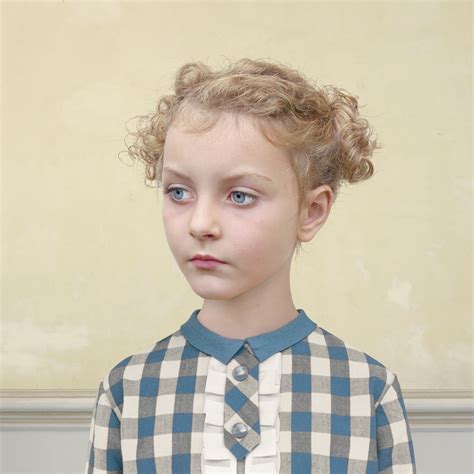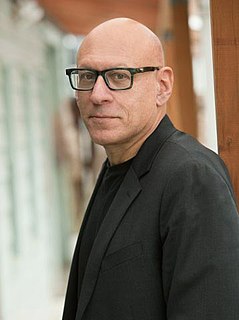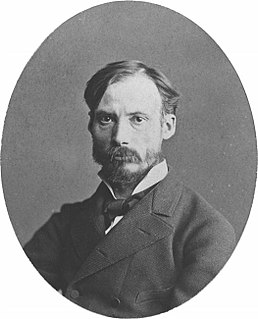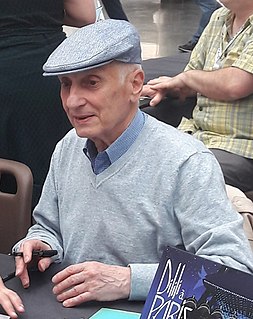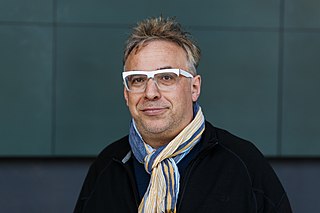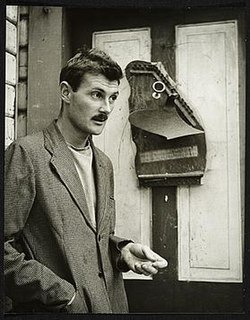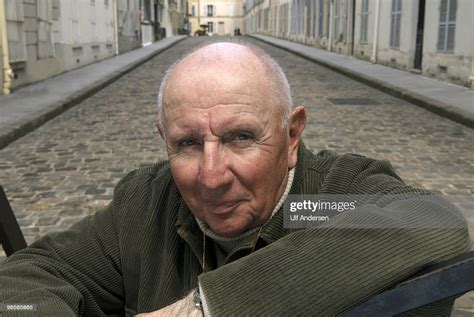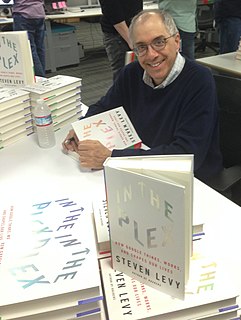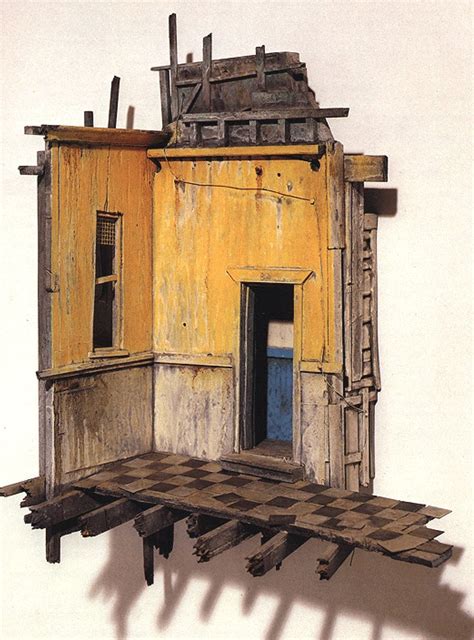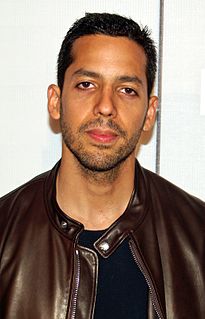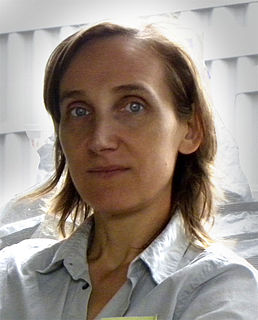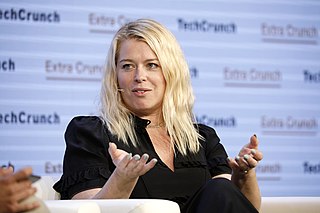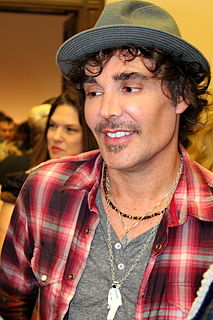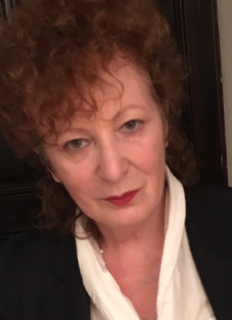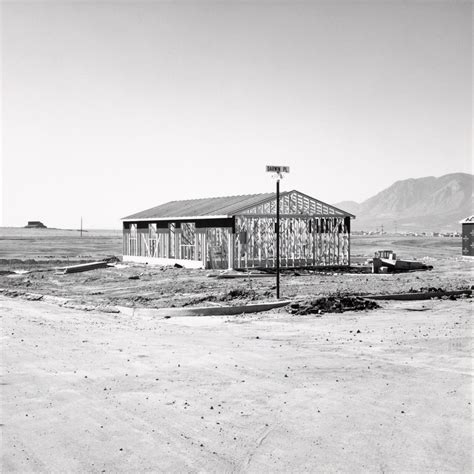Цитата Лоретты Люкс
Изображения представляют собой композиции фотографий, наложенные на нарисованный фон, а затем обработанные цифровым способом.
Связанные цитаты
Цифровые носители ориентированы на тиражирование и хранение. Наши цифровые фотографии практически загружаются и публикуются на Facebook, а наши наиболее удаленные электронные письма имеют тенденцию появляться снова, когда мы меньше всего этого ожидаем. Да, все, что вы делаете в цифровой сфере, может также транслироваться по телевидению в прайм-тайм и вырезаться на стене Парфенона.
Я сам профессиональный создатель образов, кинорежиссер. А еще есть изображения, сделанные художниками, которых я собираю, и я заметил, что изображения, которые я создаю, не так уж сильно отличаются от их. Такие образы, кажется, говорят о том, как я отношусь к тому, что нахожусь здесь, на этой планете. И, может быть, поэтому так увлекательно жить образами, созданными другими людьми, образами, которые либо противоречат собственным, либо демонстрируют сходство с ними.
Другие используют внешние знаки... Они называют себя гностиками. У них также есть изображения, некоторые из них нарисованы, а другие созданы из различных материалов. Они утверждают, что подобие Христа было сделано Пилатом в то время, когда Иисус жил среди них. Они венчают эти изображения и ставят их рядом с изображениями философов мира, таких как Пифагор, Платон, Аристотель и другие. У них есть и другие способы почитать эти образы, как и у язычников.
Подавляющее большинство американцев ежедневно выполняют сложные цифровые задачи. Бабушки и дедушки отправляют по электронной почте цифровые фотографии своего круизного путешествия и обмениваются мгновенными сообщениями со своими детьми в школе. Таким образом, политик, признающий, что он или она не может утруждать себя изучением этих вещей, указывает на менталитет лошади и повозки.
Многие работы, которые я делал за эти годы, включали изменения масштаба и представление об отношении зрителя к объекту и о том, как мы видим вещи, увеличивая или уменьшая объекты, это заставляет зрителя смотреть на них снова. Это трудно сделать, потому что наша культура настолько засыпана изображениями и средствами массовой информации. Как сделать что-то свежее для зрителя? Это настоящий вызов.
